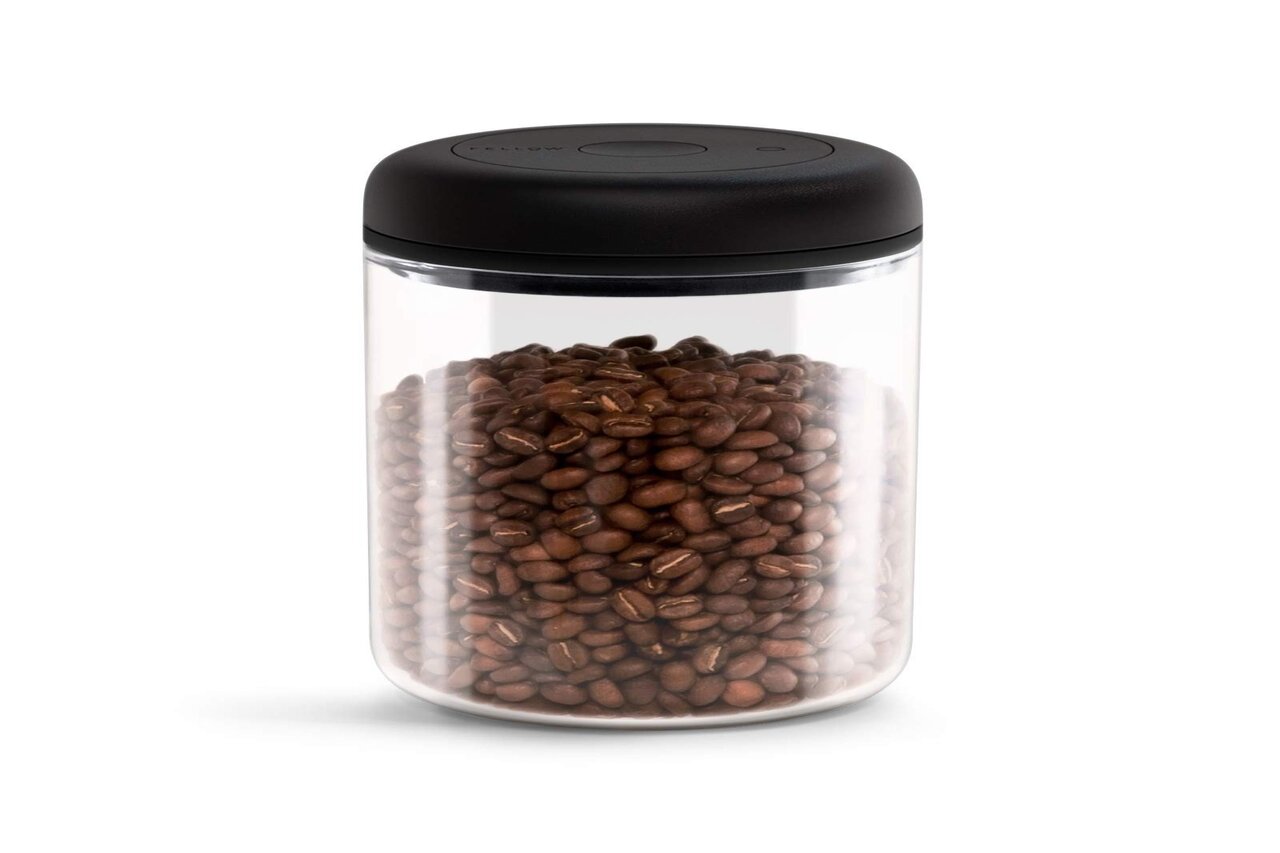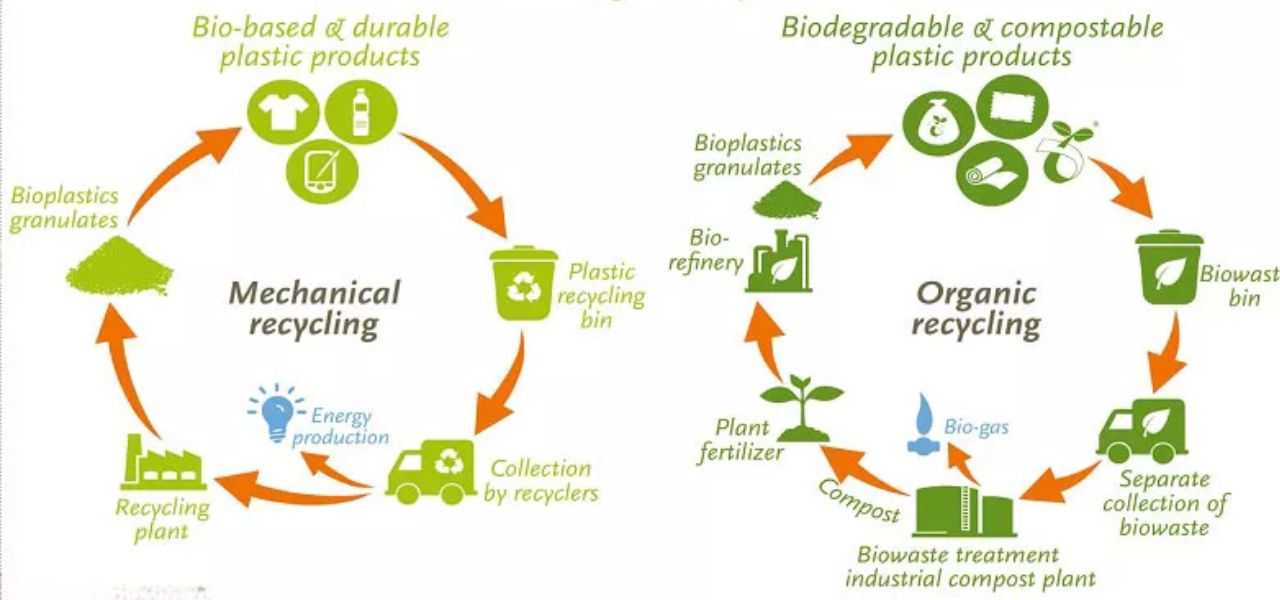Bioplastics for Packaging: How Bioplastics are Transforming Packaging Industry

Discover how bioplastics for packaging are revolutionizing the packaging industry, leading us towards a greener future. Dive into the article to explore the latest advancements and innovations in sustainable materials for packaging. Learn how bioplastics for packaging are transforming the way we package products, reducing our reliance on traditional plastics and helping to mitigate environmental impacts.
Explore the benefits, challenges, and potential applications of bioplastics, and gain insights into how they are driving positive change in the packaging industry. Join the movement towards a more sustainable and eco-friendly future with bioplastics for packaging.
What are Bioplastics for Packaging?
Bioplastics for packaging are a class of materials derived from renewable sources like plants, vegetable oils, or starches, providing a sustainable alternative to conventional plastics. These innovative materials have gained significant attention due to their potential to reduce environmental impact and promote a greener future in the packaging industry.

One key advantage of bioplastics for packaging is their biodegradability and compostability. Unlike traditional plastics that persist in the environment for hundreds of years, bioplastics can naturally break down into organic matter, minimizing waste and pollution. This characteristic makes them an attractive choice for eco-friendly packaging solutions.
Various types of bioplastics have been developed to meet specific needs. For example, AirX's plant-based plastic is a notable example of a bioplastic produced from agricultural by-products. It offers similar properties to conventional plastics but with a significantly lower environmental footprint.
Polyhydroxyalkanoates (PHA) are another type of bioplastic used in packaging. Produced by microorganisms through the fermentation of plant sugars or oils, PHAs exhibit biodegradability in various environments, making them suitable for packaging applications while reducing environmental impact.
Starch-based bioplastics, derived from renewable sources like corn, wheat, or potatoes, are also gaining popularity. These bioplastics are biodegradable and compostable, breaking down naturally and returning to the soil as valuable organic matter. They are commonly used for single-use applications such as cutlery and packaging fillers.
Advantages of Bioplastics for Packaging
Bioplastics for packaging offer numerous advantages that contribute to a more sustainable and environmentally friendly approach. Let's explore the key benefits they bring to the table.

Environmental Benefits : Bioplastics are derived from renewable resources, such as plants or starches, reducing dependence on fossil fuels. As a result, they have a lower carbon footprint and contribute to mitigating climate change. Bioplastics also have the potential to reduce waste generation, as many of them are biodegradable or compostable, breaking down naturally and minimizing environmental impact.
Renewable and Biodegradable: Unlike conventional plastics that rely on finite resources, bioplastics for packaging utilize renewable feedstock. They can be derived from various sources, including agricultural crops, algae, or food waste. Additionally, many bioplastics are designed to be biodegradable, meaning they can break down over time through natural processes, reducing their persistence in the environment.
Versatility and Compatibility: Bioplastics can be used in a wide range of packaging applications. They possess properties similar to conventional plastics, such as flexibility, transparency, and durability. This makes them compatible with existing packaging processes and allows for seamless integration into supply chains without significant adjustments.
Reduction of Plastic Waste: Traditional plastics have contributed to the global plastic waste crisis. With bioplastics for packaging offer a promising solution by reducing the accumulation of non-degradable plastic waste. Biodegradable and compostable bioplastics break down into harmless components, reducing the burden on landfills and marine ecosystems.
Innovation and Research: The development of bioplastics for packaging is an area of ongoing innovation and research. Scientists and manufacturers are continually exploring new materials, improving properties, and expanding their applications. This dynamic environment drives advancements in bioplastic technology, leading to even more sustainable and efficient packaging solutions.
Consumer Appeal: With increasing awareness and concern about the environmental impact of plastics, consumers are seeking greener alternatives. Bioplastics for packaging align with this demand and resonate with environmentally conscious consumers. Brands that adopt bioplastics can differentiate themselves, attract eco-minded customers, and enhance their sustainability credentials.
Future Outlook and Conclusion
As sustainability becomes a top priority for businesses and consumers alike, bioplastics for packaging are expected to play a significant role in reducing the environmental impact of the industry. The market for bioplastics is projected to experience substantial growth in the coming years, driven by increasing regulations on single-use plastics, rising consumer awareness, and a shift towards circular economy practices.
One key factor contributing to the future success of bioplastics is ongoing research and development. Scientists and innovators are continuously exploring new materials, refining production processes, and improving the performance of bioplastics. This innovation leads to enhanced properties, increased durability, and expanded applications in the packaging industry.
The development of advanced bioplastic materials, such as bio-based polyethylene and bio-based polypropylene produced byAirX, is expected to open doors to wider adoption and utilization in various packaging sectors. These materials offer comparable properties to conventional plastics, allowing for seamless integration into existing supply chains.
Furthermore, advancements in recycling technologies will play a crucial role in the future of bioplastics for packaging. As recycling infrastructure improves, it will become easier to collect and process bioplastics alongside traditional plastics, further reducing waste and promoting a more circular economy.
The growing awareness and demand for sustainable packaging solutions provide an excellent opportunity for businesses to embrace bioplastics. By adopting bioplastics for packaging, companies can demonstrate their commitment to environmental responsibility, enhance brand reputation, and meet the preferences of eco-conscious consumers.
As businesses and consumers increasingly prioritize sustainability, embracing bioplastics can contribute to a greener future, drive positive change, and foster a more environmentally conscious packaging industry. By investing in research, collaboration, and education, the potential of bioplastics for packaging can be fully realized, leading to a more sustainable and responsible approach to packaging materials.
Contact us
AirX is the world's first carbon-negative bio-material made from coffee grounds manufacturer.
We specialize in producing bio-based composites using recycled carbohydrates derived from by-products such as coffee grounds, coconut husk, husk, and bamboo. Our goal is to promote sustainability through the use of eco-friendly materials.
We are always here to help and provide the best service possible. If you have any questions or would like to receive advice and feedback directly from our sales staff, please do not hesitate to contact us. You can reach us through:
- Whatsapp: +84 969 742 950
- Email: [email protected]
We look forward to hearing from you!

